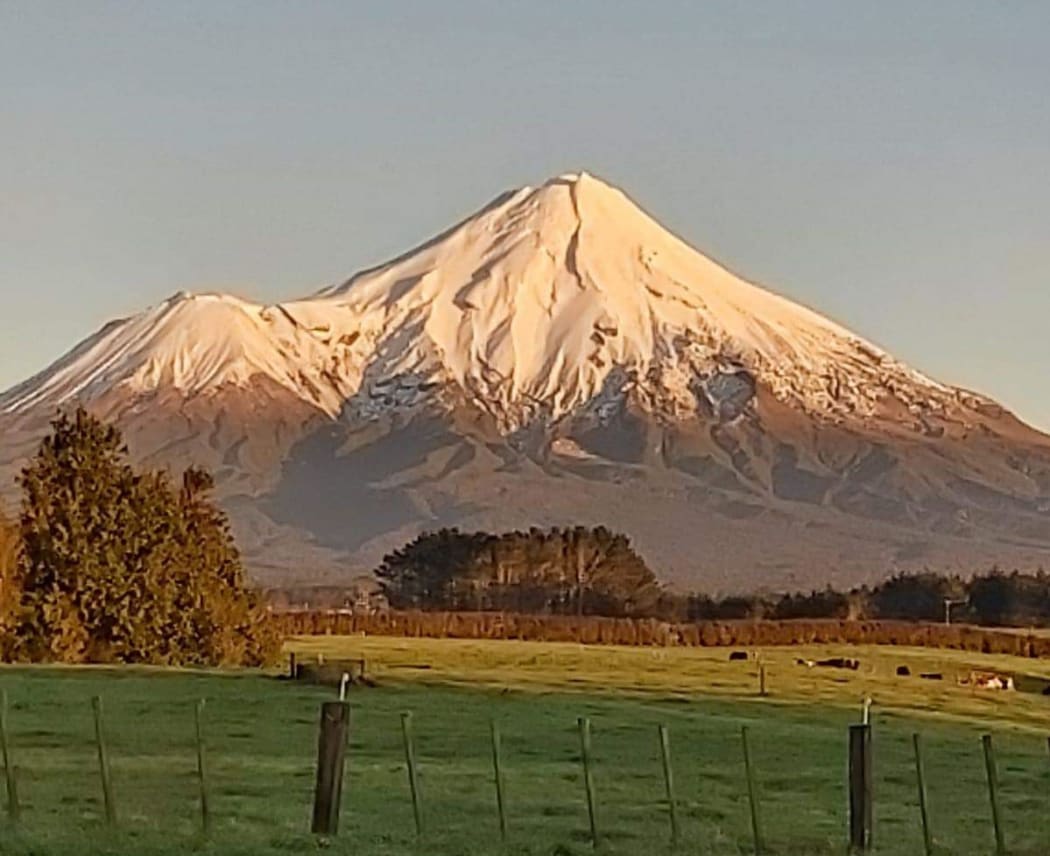
Photo: Paul Casey
In Northland a couple of bull sales have been held in the Kaipara region near Dargaville and good sums were achieved off the back of decent prices for beef. About double the usual rainfall over the last month followed by sunny days later in the week means the grass is starting to grow. And acres of land is being used to harvest the sun - with a solar farm to generate power for the national grid getting underway.
Growers have at last been able to get their tractors onto fields around Pukekohe in dry and sunny weather and ...
Farmers are smiling in Waikato with warm weather following weeks of heavy rain. Most are near the end of calving. Heifers have been calving well. Our contact here says Freisian bulls have been fetching lower prices than usual. The cost of palm kernel means more dairy farmers are investigating other feed options - and some are turning to molasses. There's an excess of silage and some farmers are stocking up in case of drought later on. Despite plenty of recent rain, the water table is still quite low after about four years of pretty dry weather.
It's been blue skies in the latter half of the week for the Bay of Plenty... much to the relief of orchardists and farmers. However lovely weather doesn't change the labour shortage for kiwi fruit pruning. Some orchardists are about two weeks behind schedule and hope RSE workers from islands such as Vanuatu can keep up with the demand. With higher wage rates this season, some orchardists are noticing their workers not showing up on a Friday as they have earned enough for the week by then and take an extra day off! Gold kiwifruit will be budding next month so the pressure's on to get the vines pruned and tied in time. Dairy farmers near Tauranga say their hills are drying off nicely and they're able to get around without becoming stuck in mud ... a relief not only for them but also their calving cows.
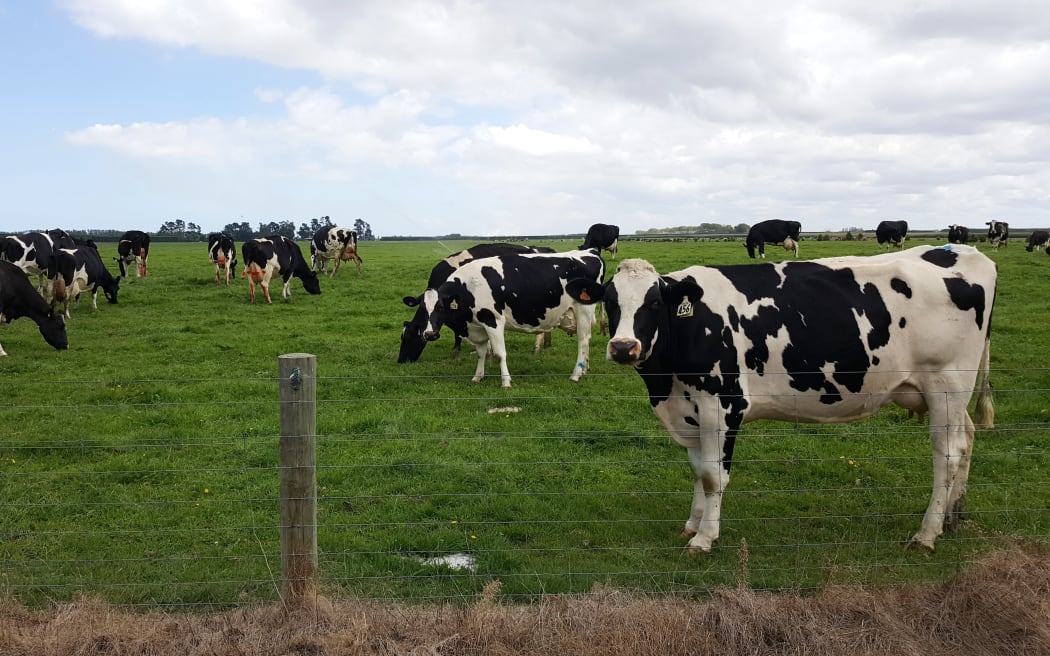
Photo: Cosmo Kentish-Barnes
On the East coast near Gisborne ewe scanning has shown up a decent percentage of twins and lambing is underway in some parts of the region. Some of those who farm straight coopworths say their scanning results showed 201 percent. It's been fairly mild this week but there's still plenty of mud underfoot. Some isolated rural roads are inaccessible and can take up to two years to be repaired so farmers are mustering stock down to lower pastures.
In Hawkes Bay, vineyards are being pruned and maintenance continues. There have been a few frosts and bud burst is expected to start in several weeks time. The recent rain has clogged turf but it's drying out and tractors are back on the vineyards. Some chardonnay blocks are being replaced and more of the Albarino grape variety is also going in.
King Country farmers are in awe of the high soil temperatures compared to usual for this time of the year. Geoff Burton farms in Taumaranui and has kept about 35 years of soil temperature records. He says the maximum temperature expected at this time of the year is about eight degrees and pasture doesn't grow, but things have changed.
Geoff Burton says lambing is starting and ewes are in good condition thanks to the ideal growing conditions but he warns it's important not to overfeed ewes coming into lambing. There are also concerns spring could be drier than usual and lead into an exceptionally hot summer.
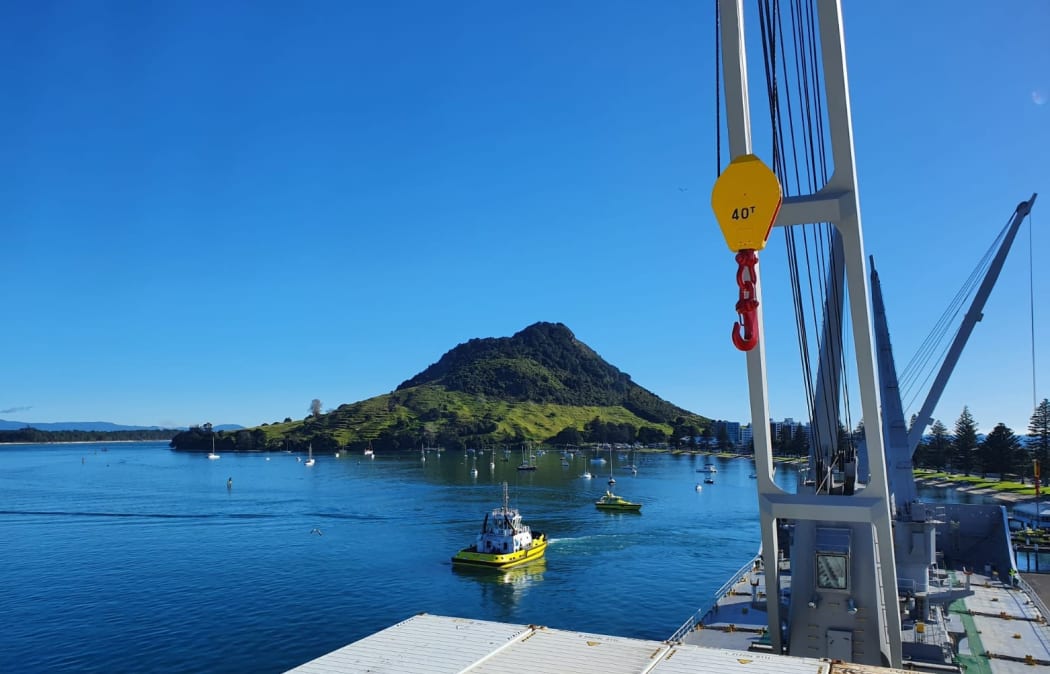
Photo: Frank Bollen
Mount Taranaki has a bright cap of snow on top of it but the levels aren't as low as is often the case for this time of the year thanks to recent heavy rain washing it away. Paddocks pretty wet underfoot but a few days of fine weather this week is easing that problem. Grass has died in flooded pasture so contractors will be drilling new seed to sprout in the spring. A local vet says calving is going well ... they haven't had as many call outs this year. And as with other regions, the lack of labour is quite stressful with everyone working longer hours. The price of milk solids has dropped at the last couple of auctions which is worrying farmers as they are paying higher prices for labour, fetilizer and fuel.
In Wairarapa it's clean up time in the hills as slips have taken out farming tracks, fences and forced farmers to walk around paddocks that can't be reached by bike or tractor. Beef and sheep farmers are waiting for the land to dry out a bit more before bringing diggers in to help. It's been sunny this week but more rain and a southerly's expected to strike in a few days. Hill farmers haven't started lambing and are anticipating lots of lambs on the ground. Scanning results - particularly with Coopworth crosses - have been over 170 percent for some farmers. Dairy farmers in southern Wairarapa are still dealing with boggy pastures.
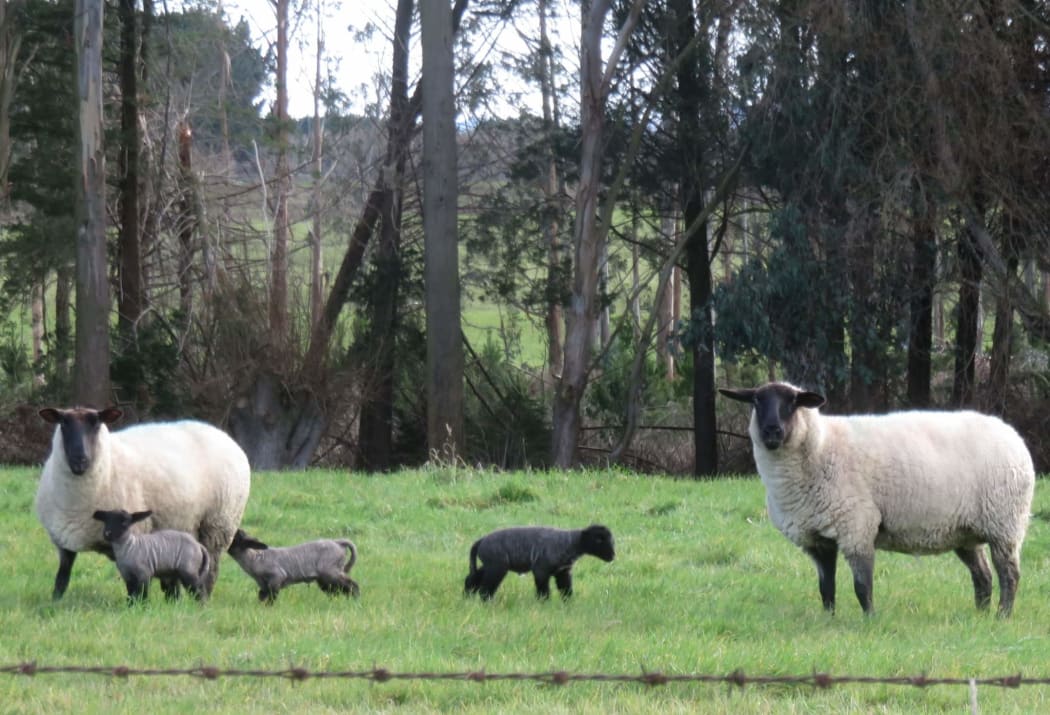
Photo: Michael Godfrey
It's soggy underfoot, too, across the Cook Strait in the Tasman region ... more than 500 millimetres of rain over the past two months. More rain is forecast this weekend as well. Flooding can be a death sentence for hop vines going into bud so growers are pleased the surface water has mostly drained away. The industry here has tripled over the last five years and there's no sign of it slowing down.
The July West Coast weather report has Reefton winning first prize for the fewest days of sunshine - a grand total of one. In second place - Hokitika - which has had three fine days for the whole month. It's also been the wettest July on the coast since 1963. Calving is just starting as the drizzle continues. An excess of gravel clogging up waterways has farmers out with diggers trying to boost the flow. Quite a bit of pasture is damaged by pugging so paddocks being saved for later are being brought in to use earlier than planned.
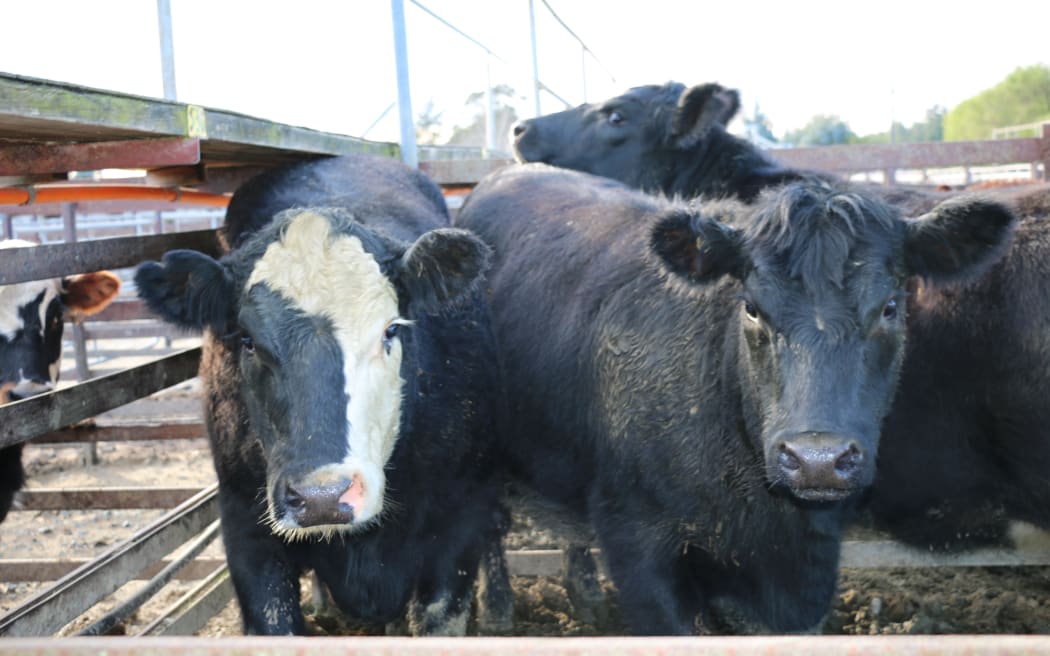
Photo: Cosmo Kentish-Barnes
A warm and drying nor'wester has worked wonders on our contact's farm in mid Canterbury. Winter grazing animals have mostly gone home but some late calvers still remain on winter feed. Another day or so of wind and tractors will start emerging from sheds to begin preparing areas for spring sown crop.
Farms and stations in Otago are scanning ewes and after that will test their Hereford cattle for TB. It's also the time of year for a bit more winter maintenance as well as repairing fences damaged by heavy snow dumps. The rivers are higher than usual and paddocks are described as 'squishy'. Access to some farms is restricted to four wheel drives as some low lying roads are still under water. The weather has been a bit wet and windy, but not as cold as it was a couple of weeks ago.
Southland has had a rather mild winter so far compared to many other regions. Farmers say they haven't had excessive rain but enough to keep them on their toes. The summer drought and fungus in ryegrass led to a ten percent drop in ewe pregnancy scanning rates on some farms. The girls are being moved onto crops such as swede and kale prior to lambing which starts next month. Creeks and rivers have their normal flow for this time of the year and there haven't been many problems with slips or excessive flooding. Sediment from eroded river banks is flowing toward the coast and leaving a mess in its wake.
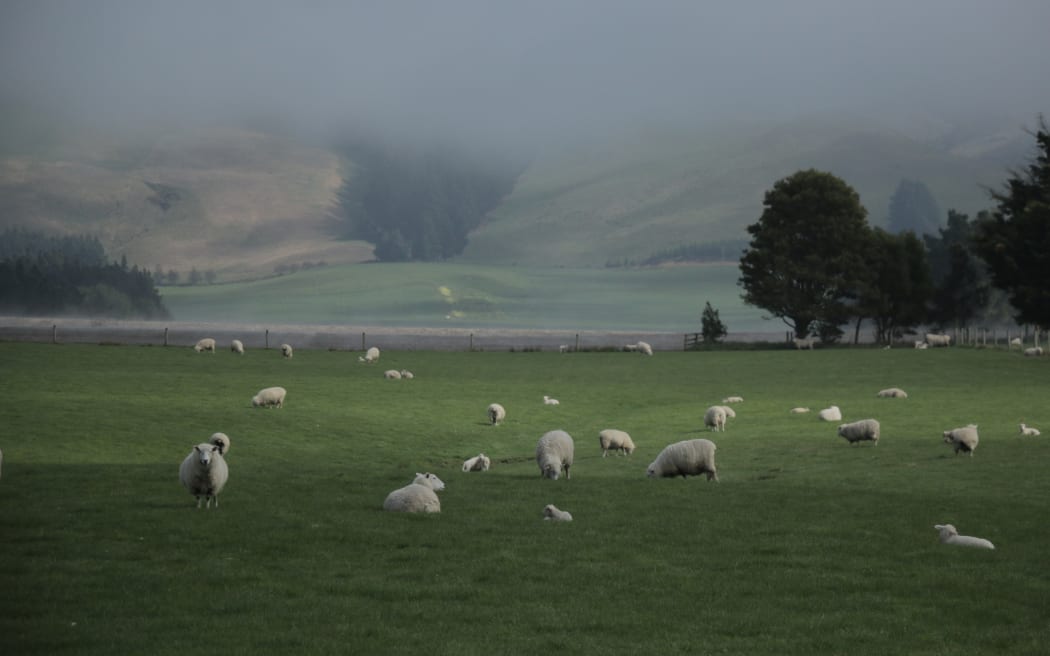
Photo: Cosmo Kentish-Barnes

